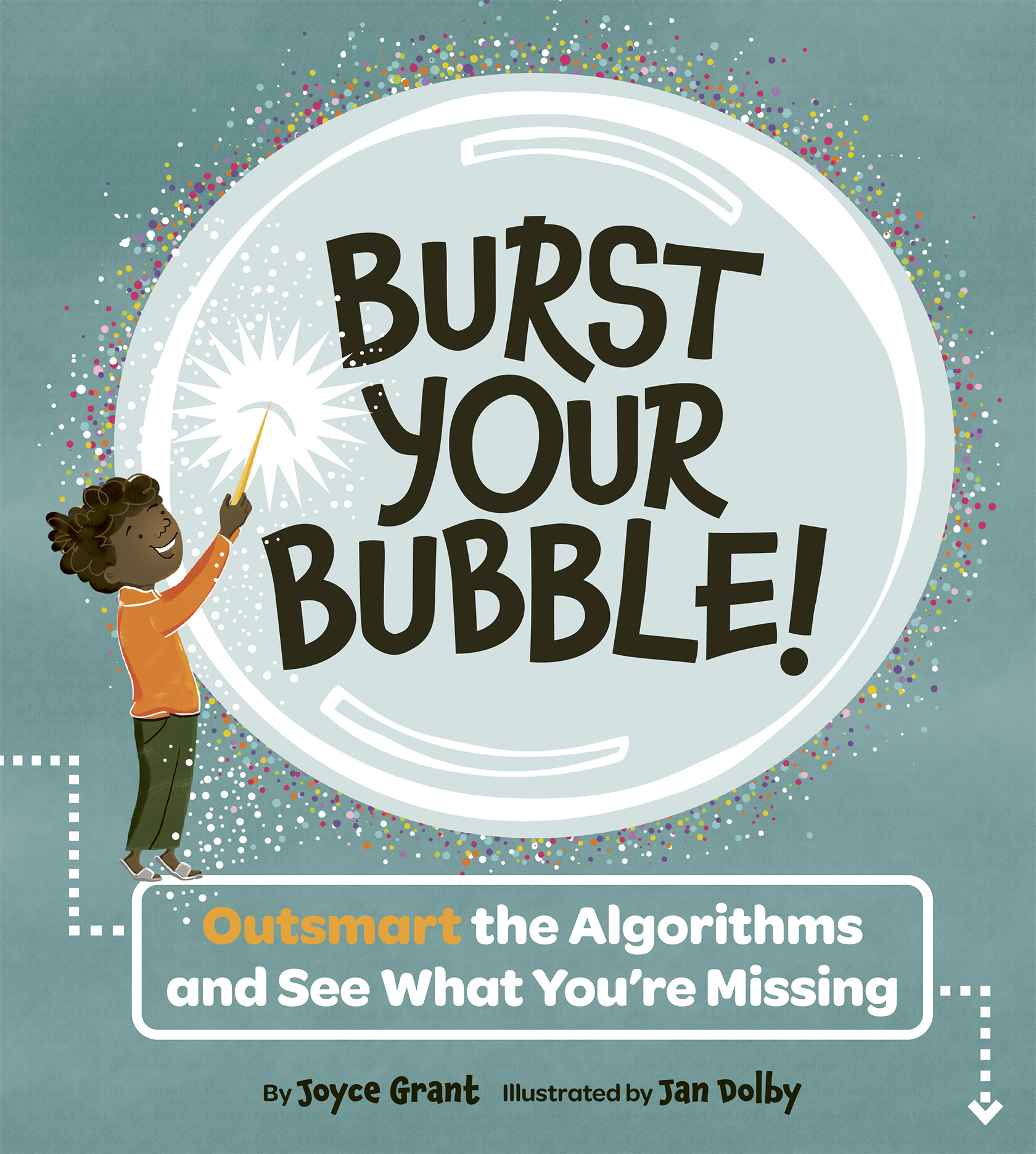
You can’t believe everything you see on the Internet.
Last week, millions of people—including many news producers—learned that lesson in a very interesting way.
A very popular Internet video turned out to be a hoax. (Hoax means it wasn’t true; it was a prank.)
The video was of a girl twerking (a current dance fad) in her room; she dances so hard that she falls onto a candle and her pants catch on fire.
More than nine-million people watched the video.
The video was shown on hundreds of newscasts, including major networks ABC and some local Fox Network affiliates. They reported it as a true event.
The video was often shown with a headline like, “Twerking fail” or “Be careful when you’re twerking.”
Last week, American TV host Jimmy Kimmel revealed that his show had staged the video, using a stunt woman as the actor in the clip.
He revealed the “second half” of the video: after the woman’s pants go on fire, Jimmy Kimmel (dressed in a pink top and yoga pants like the woman) opens her door with a fire extinguisher and puts out the flames, and then gives a cheerful thumbs-up to the camera.
He said his show set up the whole thing.
Kimmel said many people had put a note on the YouTube channel requesting an interview but he didn’t return anyone’s messages.
There can be a “snowball” effect to news; once a video starts appearing on TV, other news broadcasters think the video must be real and they broadcast it, too.
CURRICULUM CONNECTIONS
By Jonathan Tilly
Writing/Discussion Prompt
1. What should a journalist have done to verify (check for accuracy) that the video was real?
2. Since some news stations did broadcast the clip, what should they do now?
3. If you had been tricked by this hoax, how might you feel? How would you respond?
Reading Prompt: Comprehension Strategies
Today’s article begins, “You can’t believe everything you see on the Internet.” Is this statement true?
If it is, can the Internet be trusted as a reliable source? How does this affect the way you read Internet articles?
Intermediate
Identify a variety of reading comprehension strategies and use them appropriately before, during, and after reading to understand increasingly complex texts (OME, Reading: 1.3).
Grammar Feature: Close-Up
Today’s grammar feature will look at the specific punctuation of one sentence in detail.
There can be a “snowball” effect to news; once a video starts appearing on TV, other news broadcasters think the video must be real and they broadcast it, too.
1. The quotation marks surrounding the word, “snowball” to indicate that the word is being used atypically.
2. The semicolon is being used by the author to show the reader that there is a close relationship between the complete ideas on either side of it.
3. The coma is used to separate the introduction of the sentence from its body.
4. The final coma is used to show that the final word is additional information.
Find a another sentence in today’s story that contains interesting grammar. Then ask yourself if you understand why each punctuation mark is being used. Compare your answer to a friend’s.







